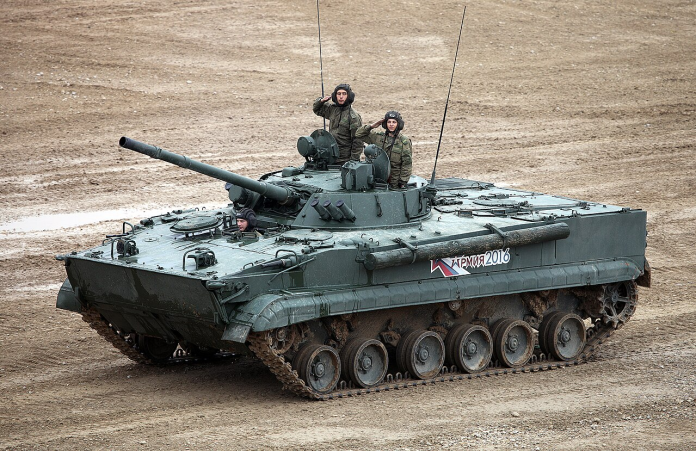
Is Russia short of defense clients? Moscow’s recent approach to New Delhi proposing upgraded BMP-3 infantry combat vehicles and Sprut-SD light tanks indicates haste. With sanctions taking a bite, production at home under strain, and India’s own armor programs maturing, Russia seems keen to capture one of the few remaining big export deals in Asia before the door shuts.

The offer is made at a moment when India is speeding up indigenous modernization, reconciling short-term capability requirements with long-term independence. For Russia, the pitch is more than merely hawking hardware it is about maintaining its defense sector in the face of unprecedented economic and technological pressures. This listicle analyzes seven strategic reasons influencing the deal, ranging from battlefield experiences in Ukraine to Indian mountain warfare needs.
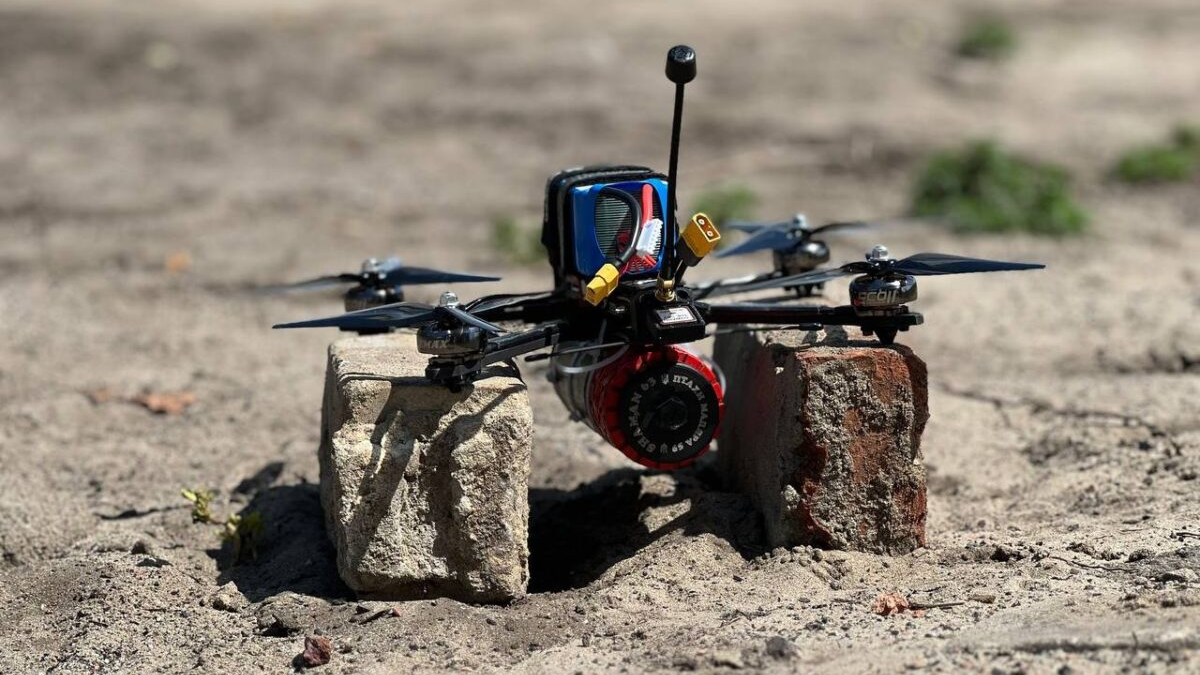
1. Battlefield Lessons Driving BMP-3 Upgrades
Russia’s proposal focuses on a BMP-3 variant reconfigured following fighting in Ukraine. Upgrades include modular reactive armor kits, anti-cumulative grilles, and fuel tanks that self-seal, designed to protect against anti-tank guided missiles, artillery fragments, and FPV drone attacks. A new 600-horsepower engine and higher-grade suspension enhance mobility, and a multispectral day-night sight and automated fire control system enhance targeting accuracy.
But production fact behinds marketing.

Fewer than a dozen of these have been constructed, with no report of series production. Combat dispatches from Ukraine cite uneven performance better firepower than earlier BMPs but ongoing susceptibilities in ammo configuration and soldier space. FPV drones, now the “most critical element of the battlefield” under drone warfare analysis, have been especially deadly on BMP-3s.
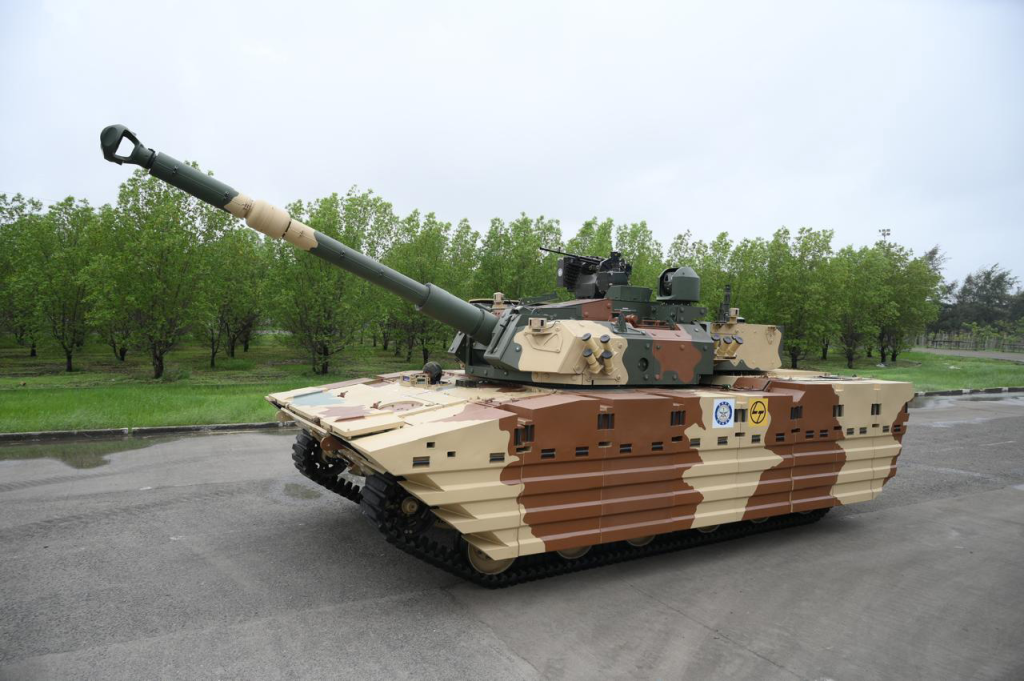
2. Sprut-SD: Mobility vs. Protection
The Sprut-SD light amphibious tank is marketed as an all-purpose fire-support vehicle, equipped with a 125 mm gun firing APFSDS, HEAT, HEF, and guided missiles. It has the capability to be airlifted, parachuted crew and all, and disembarked from ships, thus finding favor with rapid redeployment.
However, its armor can only withstand 12.7 mm rounds on the front arc without add-on protection. India previously rejected the Sprut-SD in favor of the domestically developed Zorawar light tank, citing concerns over survivability in mountainous terrain. Even with mobility advantages, the trade-off in protection remains a critical weakness.
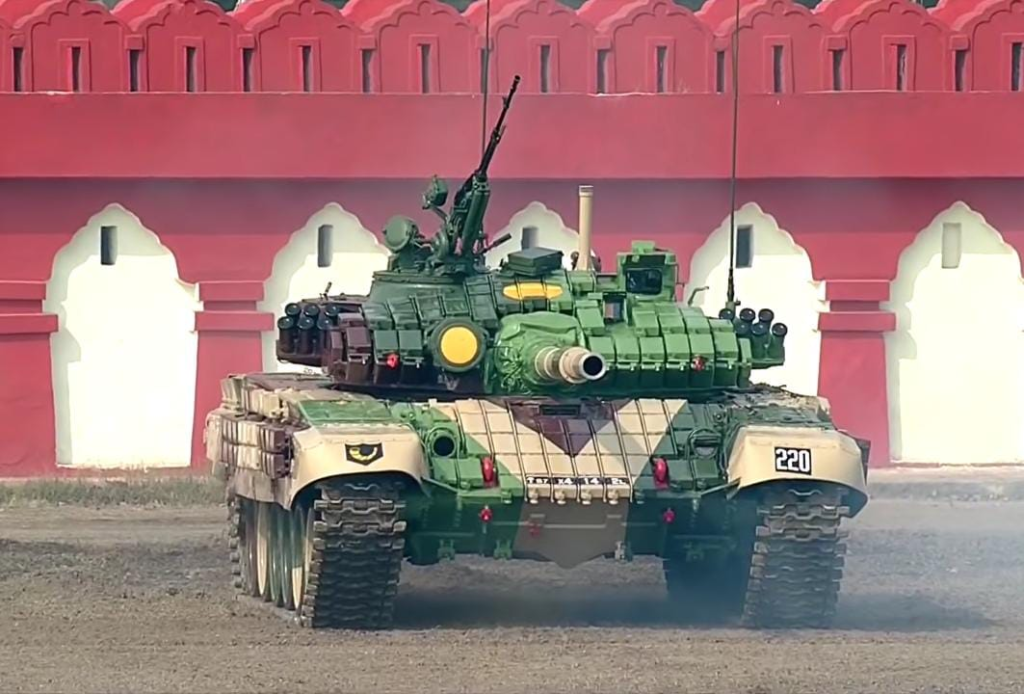
3. India’s Mountain Warfare Imperatives
The lengthy standoff with China along Ladakh revealed the vulnerabilities of India’s heavy T-72 and T-90 tanks at high-altitude deployment. Low load-carrying roads and tight maneuver space restrictions restricted the movement of 45-ton MBTs. This fueled interest in tanks weighing less than 25 tons that could deploy above 3,000 meters.
India’s Defense Ministry has sanctioned indigenous development of light tanks under the Make-I category in collaboration with DRDO and Larsen & Toubro. The Sprut-SDM1 uses the T-90’s gun and ammunition, with simplified logistics, but is up against tough competition from local designs optimized for Himalayan conditions.

4. Sanctions and Russia’s Reduced Production Capacity
Western export restrictions have isolated Russia from high-end semiconductors, precision bearings, and specialized machine tools. Moscow has diverted microelectronics through allies like Kazakhstan, whose exports to Russia grew by 567% between 2020-2024, and China, whose semiconductor sales increased by more than $75 million over the same period.
In spite of these accommodative measures, sanctions have driven up costs and hampered production. Russia’s defence industry is turning more to refurbished Soviet-era platforms, as noted in its suspension of Su-57 production. This limitation reduces Moscow’s capacity to address India’s technology transfer and local assembly needs.

5. India’s Dual-Track Modernization Strategy
India is modernizing 693 BMP-2s to BMP-2M standard and is in the process of creating the Future Infantry Combat Vehicle (FICV), a modular, artificial intelligence-based platform customized to local terrain. The FICV program, despite being delayed, represents national self-reliance in armored development.
Though the BMP-3 proposition could bring faster gains in capability, it also has the potential to undermine India’s long-term self-reliance aspirations. Contracts increasingly specify local assembly and technology transfer, conditions Russia might find difficult to meet with sanctions and capacity constraints.
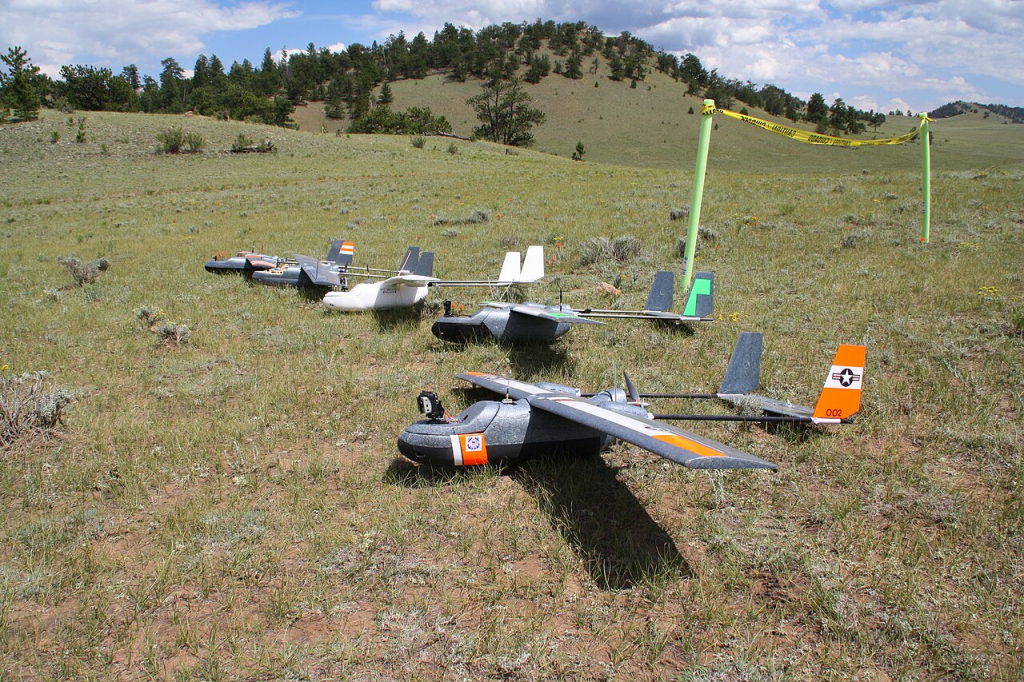
6. FPV Drones Reshaping Armored Warfare
The Ukraine war has shown FPV drones can neutralize armored columns without traditional anti-tank weapons. In one documented case, a Russian company lost nearly all vehicles including BMPs within minutes to $500 drones. Ukrainian forces target high-value platforms, while Russian pilots focus on trench positions.
For India, the message is clear: survivability against drones is now an essential mandate. Upgrades such as reactive armor are of assistance, but without associated electronic warfare and anti-drone systems integrated in, platforms such as the BMP-3 are still vulnerable.

7. Economic and Industrial Pressures of Russia
Russia’s war economy has supported GDP growth in 2023–2024 but is decelerating now. Federal revenues declined 16.9% in early 2025, and military expenditure will plateau for the first time ever since the invasion. Shortages of labor 2.2 million workers by end-2024 vie across defense, building, and farming.
The defense-industrial base is fragmented, with state behemoths such as Rostec together with tiny drone workshops. Competition within over procurement and revenue streams compromise efficiency. For India, these pressures question Russia’s capability to provide long-term support for systems that have been exported.
Russia’s efforts to sell BMP-3s and Sprut-SDs to India are part geopolitical survival as much as they are about hardware. The aircraft reflect lessons from Ukraine, but also the constraints of Russia’s beleaguered defense industry under sanctions. For India, the proposition has to be measured against indigenous capability development, operational requirements in mountain warfare, and the changing threat of drone-led warfare. The strategic calculus is simple: short-term dividends from imports should not undermine long-term autonomy and survivability.
